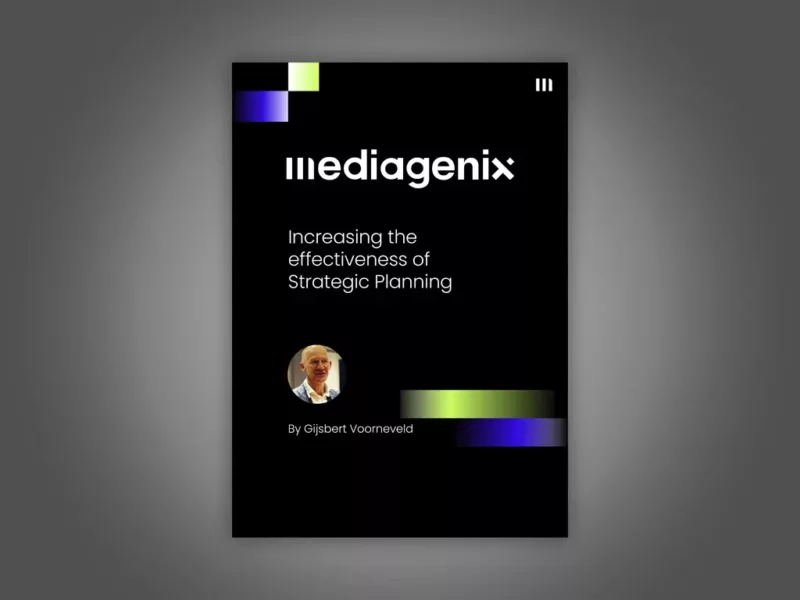AI Meets Editorial: The Human-AI Synergy at the Heart of Personalization and Modern UX
In an era where content abundance meets attention scarcity, the pressure is on for media platforms to get personalization right. At the recent Devoncroft webinar, industry leaders from Globo and Mediagenix offered a revealing look at how AI-driven personalization is no longer a backend feature. It is now a front-row player in shaping editorial strategy, user experience, and revenue models.

From Curation to Context-Aware Personalization
Globo, one of the largest digital media players in Brazil, made headlines not just for the scale of its operation (25 to 30 million monthly active users and over 9 exabytes of data moved in 2024), but for its strategic shift away from human-only curation toward AI-augmented decision-making.
Igor Macaubas, Head of Product at Globo Play, explained the transformation: “Historically, everything on our platform was curated manually. But as our catalog and audience grew, it became clear that static editorial control couldn’t keep up with user expectations or deliver scalable engagement.”
This is where personalization becomes more than a feature. “When you offer content that aligns with user taste, you increase LTV (Lifetime Value) and reduce CAC (Customer Acquistion Cost) payback,” said Macaubas. “That’s a financial equation we can’t ignore.”
Personalization Is Business Intelligence
For Thibault D’Orso, Co-founder of Spideo and now part of Mediagenix, personalization’s real value lies in what it reveals about users. “A personalization engine is not just a delivery system. It’s a learning system,” he said. “The more you personalize, the more you understand your audience. That feedback loop improves curation, acquisition, and even content production.”
This sentiment marks a distinct departure from the myth that AI replaces editorial teams. Instead, it augments them. “AI doesn’t replace editors. It scales them,” said D’Orso. “Editors define tone, mood, and marketing strategy. AI adapts and amplifies it.”
This “dynamic duo” approach is at the heart of the Mediagenix philosophy: humans define the intent, and AI personalizes it in real time across screens, formats, and user contexts.
Context Is the New Prime Time
Perhaps the most compelling takeaway came when Macaubas reframed the concept of prime time itself. “The next step is context-aware recommendations. That’s the new prime time. It’s not about 8pm anymore. It’s about delivering the right content at the right moment for each user.”
One area where this context-aware thinking delivered immediate ROI was search. Globo replaced its legacy ElasticSearch-based engine with Spideo’s semantic search system and saw a 25% lift in “Click With Play,” a metric measuring not just search engagement but actual content consumption.
As Macaubas noted, “It’s not just about clicks. It’s about qualified plays. That tells us the user found what they were looking for, and we delivered on our promise.”
What’s Next: From Metrics to Meaningful Moments
While real-time KPIs like click-through and “Click With Play” remain vital, both companies emphasized that product evolution is increasingly guided by shifts in user behavior. This includes the convergence of entertainment with social formats, short-form content, and freemium models.
“There’s pressure to cut costs, but also to stand out,” said Thibault D’Orso. “That’s where creativity, not just data, becomes your differentiator. Our job is to let editorial and product teams scale their creativity. Not just automate decisions.”
Final Thought
For platforms navigating the intersection of scale, personalization, and editorial integrity, the lesson from Globo and Mediagenix is clear. AI is not a replacement. It’s a creative accelerator. The future of user experience lies in harmonizing business intelligence, human insight, and semantic precision to deliver content that doesn’t just convert. It connects.
Personalization within the content supply chain: A Devoncroft interview with Globo and Mediagenix
Insights




